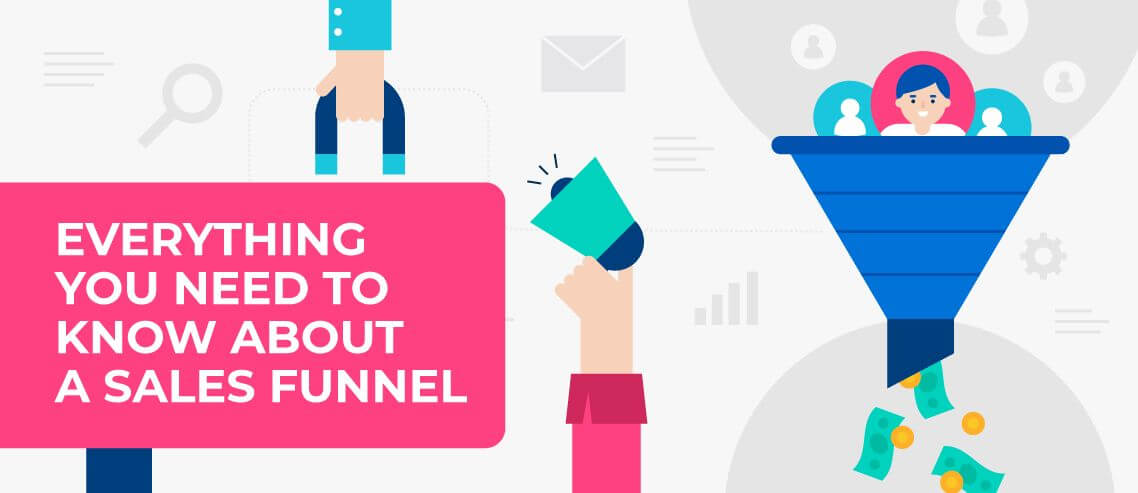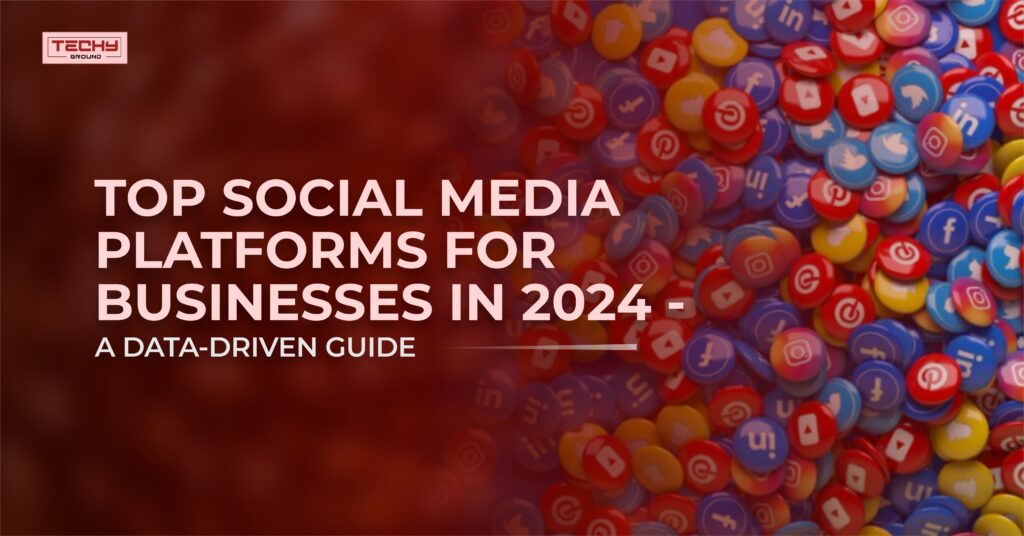Crack the Code: A Data-Driven Dive into the Sales Funnel Phenomenon, Boosting Conversions and Fostering Customer Fidelity with Proven Strategies

In the fiercely competitive business landscape, transforming potential customers into loyal advocates demands more than just wishful thinking – a meticulously crafted strategy.
Enter the sales funnel – a dynamic marketing concept that illuminates your customers’ journey, guiding them from initial awareness to ultimate conversion.
Why Sales Funnels are Business Imperatives
Picture trying to navigate a pitch-dark maze without a map. That’s the chaotic equivalent of managing your sales process without a funnel.
Here’s why having a sales funnel is non-negotiable for your business
1. Visualizing the Customer Journey
Sales funnels act as a detailed roadmap, charting the stages customers traverse – from brand discovery to becoming paying patrons. This clarity empowers you to comprehend their needs, allowing a tailored approach at each crucial step.
2. Targeted Marketing and Messaging
Shouting generic messages into a crowded room yields little impact. With a sales funnel, audience segmentation becomes your superpower. This enables the delivery of specific, resonant messages, fostering deeper engagement and connection.
3. Identifying Sales Process Bottlenecks
Losing potential customers at unseen hurdles is a silent business killer.
Sales funnels offer invaluable data on conversion rates between stages, pinpointing weaknesses in your process. Addressing these weaknesses enhances overall conversion rates.
4. Improved Sales Forecasting
Are you operating in the dark regarding future sales? Data-driven sales funnels shed light on customer behavior, providing insights for accurate sales forecasts and efficient resource allocation.
Navigating the Sales Funnel Stages

1. Awareness
Introduce potential customers to your brand through social media, content marketing, and paid ads. Create an indelible first impression.
2. Interest
Nurture their interest with valuable content – blog posts, webinars, or free resources. Establish your brand as a thought leader, showcasing expertise.
3. Consideration
As potential customers actively seek solutions, provide product demos, case studies, or free trials. Showcase how your offering addresses their specific needs.
4. Decision
As they weigh options, offer compelling incentives like discounts or limited-time offers to steer them toward a buying decision.
5. Action
Ensure a seamless buying process. Offer multiple payment options, a clear checkout procedure, and prioritize mobile responsiveness for an enhanced user experience.
Constructing an Effective Sales Funnel: Essential Steps
1. Know Your Ideal Customer
Craft a detailed buyer persona outlining demographics, needs, and pain points. Tailor content and messaging accordingly.
2. Provide High-Quality Content
In the digital age, content reigns supreme. Offer valuable resources – articles, infographics, videos – that address your audience’s pain points, building trust and establishing authority.
3. Use Lead Nurturing Tools
Keep your brand top-of-mind with tools like email marketing and retargeting ads. Personalize emails based on a user’s funnel position, and employ retargeting ads for gentle reminders.
4. Optimize for Conversions
Every stage should have a clear call to action (CTA) guiding users to the next step. Optimize your website and landing pages for conversions with clear CTAs, easy-to-use forms, and a user-friendly interface.
Conclusion
While a sales funnel isn’t a magic bullet, it is a potent tool for streamlining your sales process, improving customer acquisition and retention, and driving long-term business growth.
By grasping its benefits, implementing essential stages, and deploying effective strategies, you can attract, engage, and convert potential customers into loyal brand advocates.



Awesome
I have learnt from this?